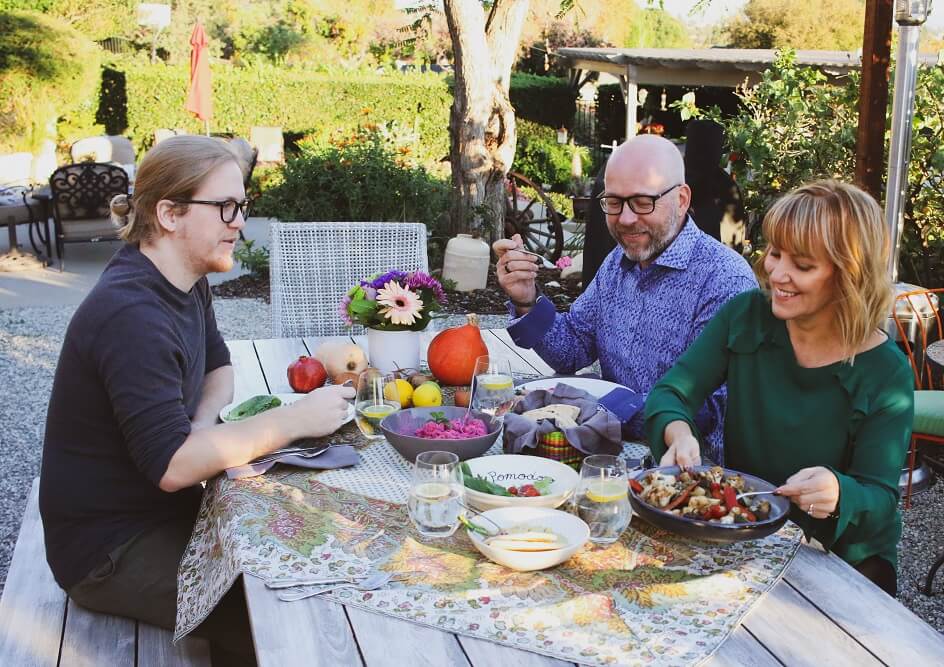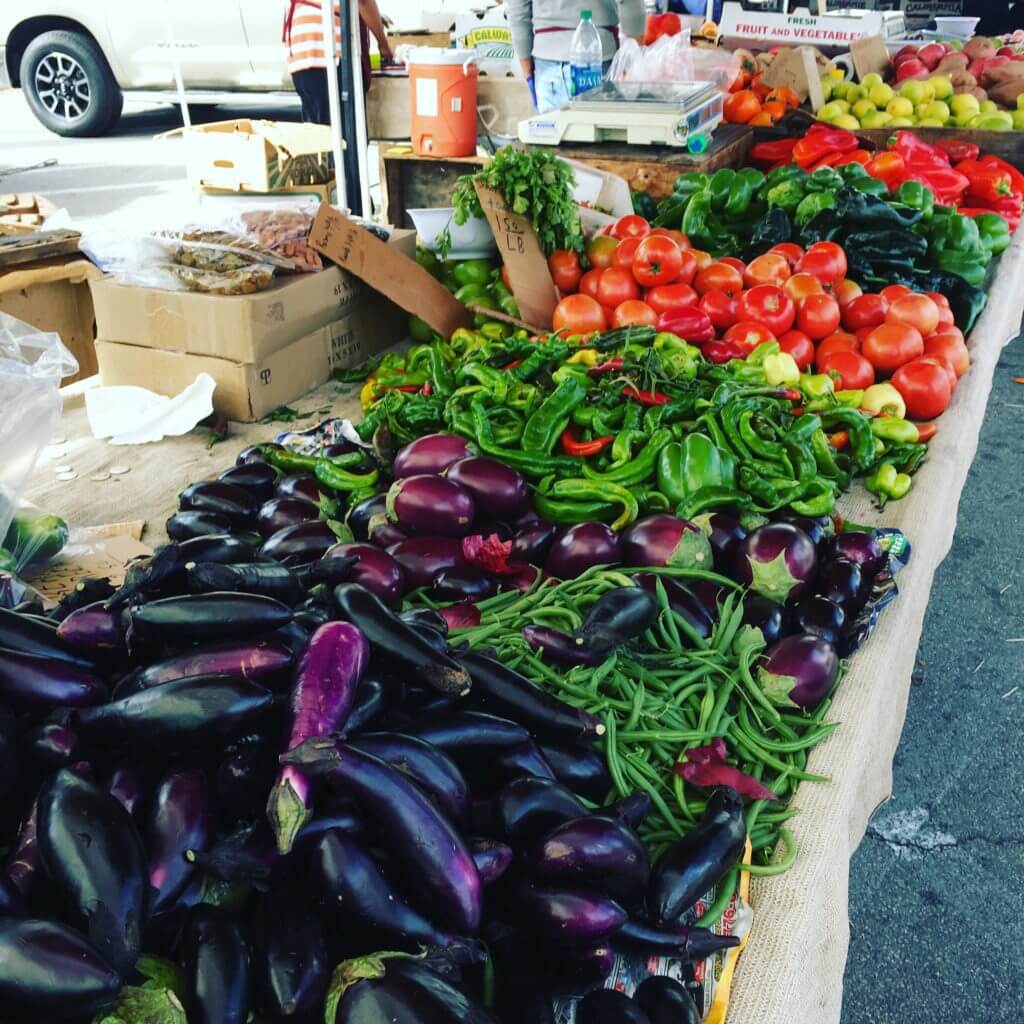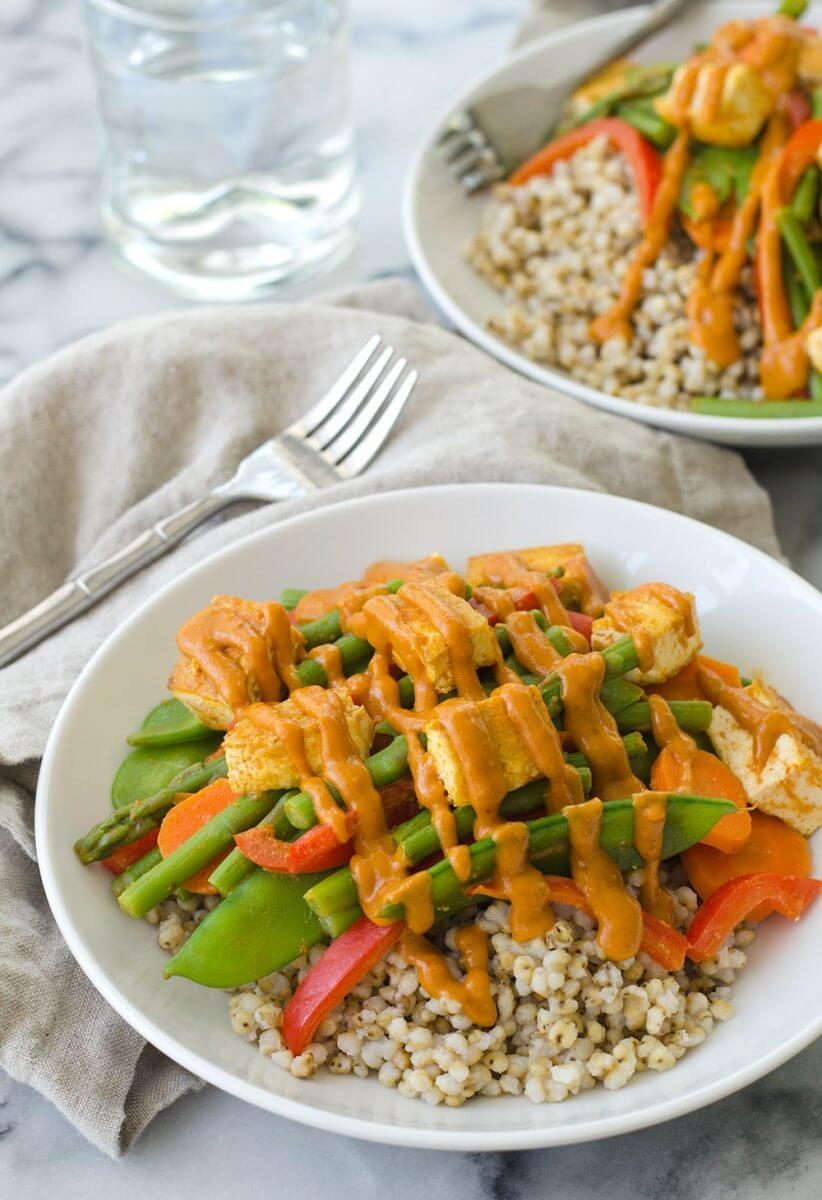Make Your Next Meal a Meditation

Instead of stressing out at the end of the day with meal preparation, try these top 3 tips to make cooking meals an act of meditation.
You’re winding your way home from work on a jam-packed freeway, all the while creating a mental to-do list…the overstuffed laundry hamper, internet shopping list, overdue vet appointment for the dog. Eventually you come to the age-old question: What am I going to make for dinner tonight? If you’re like many, that thought evokes a symphony of feelings, including stress, dismay, and disgruntlement. But I’m here to present a new way of thinking about your nightly dinner duty.

Instead of stressing over preparing meals, why not look forward to the end of the day, with the soothing smell of onions sautéing on the stove, rhythm of chopping vegetables on the cutting board, tickling of the palate with vibrant spices, and gathering of your loved ones for a simple, satisfying, nutritious meal. That’s why I’m sharing a few key tips on how you can make your next meal a meditation.
Make Your Next Meal a Meditation
1. Remember, Eating at Home is Healthier! First off, let’s face the facts: that routine of ordering take out on busy nights is not exactly a healthy one. Studies consistently link eating out—especially in fast food restaurants—with an increased intake of calories, saturated fat, sodium, and sugar, as well as a higher risk of obesity. It’s easy to see why. When you eat out, particularly at fast food and chain restaurants, typically your portions are larger, and they are filled with more highly processed foods, such as refined grains, sugars, and fried foods, and fewer whole grains, fruits, and vegetables.

On the other hand, people who eat at home more often tend to eat a healthier diet. That’s because you can control what goes into your meals—less salt in the cooking pot, oil in the skillet, and sugar in the iced tea pitcher—as well as how much you portion on your plate. Plus you can make sure to include servings of whole grains and vegetables on your plate, too.
It even gets better. Studies repeatedly show that when families eat dinner together on a regular basis, kids have better self-esteem and academic performance, and lower risk of substance abuse, teen pregnancy, and depression. It seems that sitting around the dinner table allows kids a few minutes in the day to share their problems and their accomplishments, and to let parents reinforce positive messages, providing powerful benefits over a lifetime.

2. Consider that Cooking and Eating is a Blessing. In the land of plenty, it’s easy to forget that many people in our country once faced serious food insecurity in their lifetimes—and many still do today. While your grandmother may talk about the breadlines of the Great Depression, even today 13% of households are food insecure. So, you can be annoyed that it takes an hour to get dinner on the table, but there are many people around the planet that would gladly take on that “burden”.
In fact, in many cultures the act of cooking has always been considered a blessing—a revered tradition that continues to this day. As the home cook (often the matriarch in many cultures) approaches the kitchen, she comes with gratitude, ever thankful for the food ingredients with which she prepares a nutritious meal to bestow health and vibrancy upon her family.
Sure, it may seem cliché; your mother might have told you years ago to clean your plate because of all those starving kids in other countries. However, she was absolutely right! Global hunger is an enormous issue—690 million people around the world go to bed hungry each night. So it bears repeating lest it be forgotten: every time you approach the kitchen with a bountiful supply of wholesome ingredients, send up a small sentiment of gratitude.

3. Try to Frame Cooking as an Act of Meditation. It may seem hard to embrace this concept, but give me a chance before you dismiss it. When you are tired at the end of the day, why not shed those burdens at the door as you enter the kitchen.
Pull out a pot and fill it with water and a few handfuls of brown rice and let it bubble over the heat—its earthy, starchy aroma warming you. Set a skillet on the stove, add a few golden-green drops of olive oil, and sauté an onion—breathing in those organosulfur compounds as they aromatize. Add freshly minced garlic, and let the odors intensify. Now, stir in some Indian spices—turmeric, mustard seed, black pepper, and cumin. As those warming spices fill the air, let the day’s stress fall off your shoulders. Pull out those vegetables from the produce bin and chop away, letting your mind go as you methodically cut up those bright, colorful plants—carrots, bell peppers, zucchini—into neat chunks. Stir that kaleidoscope of vegetables into the skillet and notice how each one is so brilliant—all of the colors of nature in your skillet. Imagine how the plants grew in the field; how the farmers tended and harvested each root and fruit. Open a can of chickpeas and diced tomatoes and stir them into your skillet—creating a thick, bubbly, fragrant concoction.
Before you know it, that pot of rice is done, and your chickpea vegetable stew is ready to accompany it. All of this in the amount of time it takes to call and pick up takeout. No piles of Styrofoam in the trashcan, and a sense of satisfaction and ease at the end of the day.
Try some of my favorite recipes that relax me in my own kitchen:
Heirloom Bean Cassoulet with Root Vegetables
Classic French Onion Soup
BEST Homemade Seitan



I love this article so much. Thanks for the reminder that cooking (and having food to cook) is a blessing and a privilege!